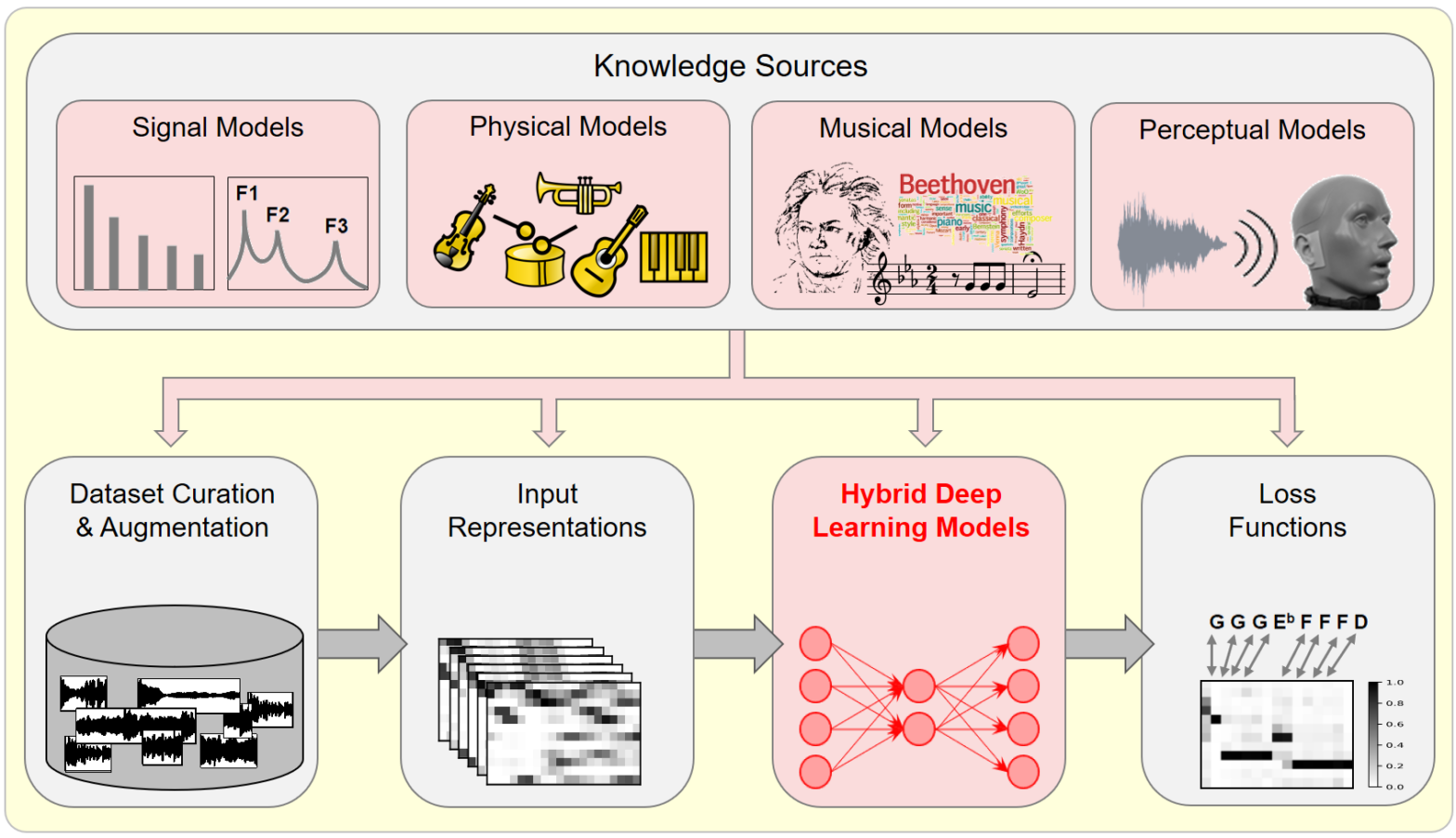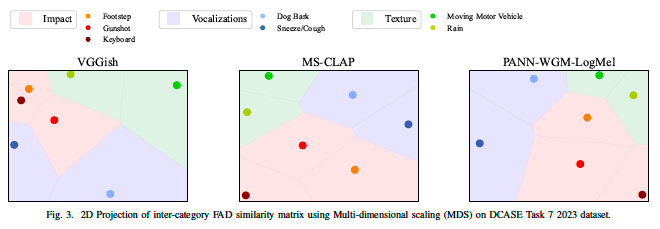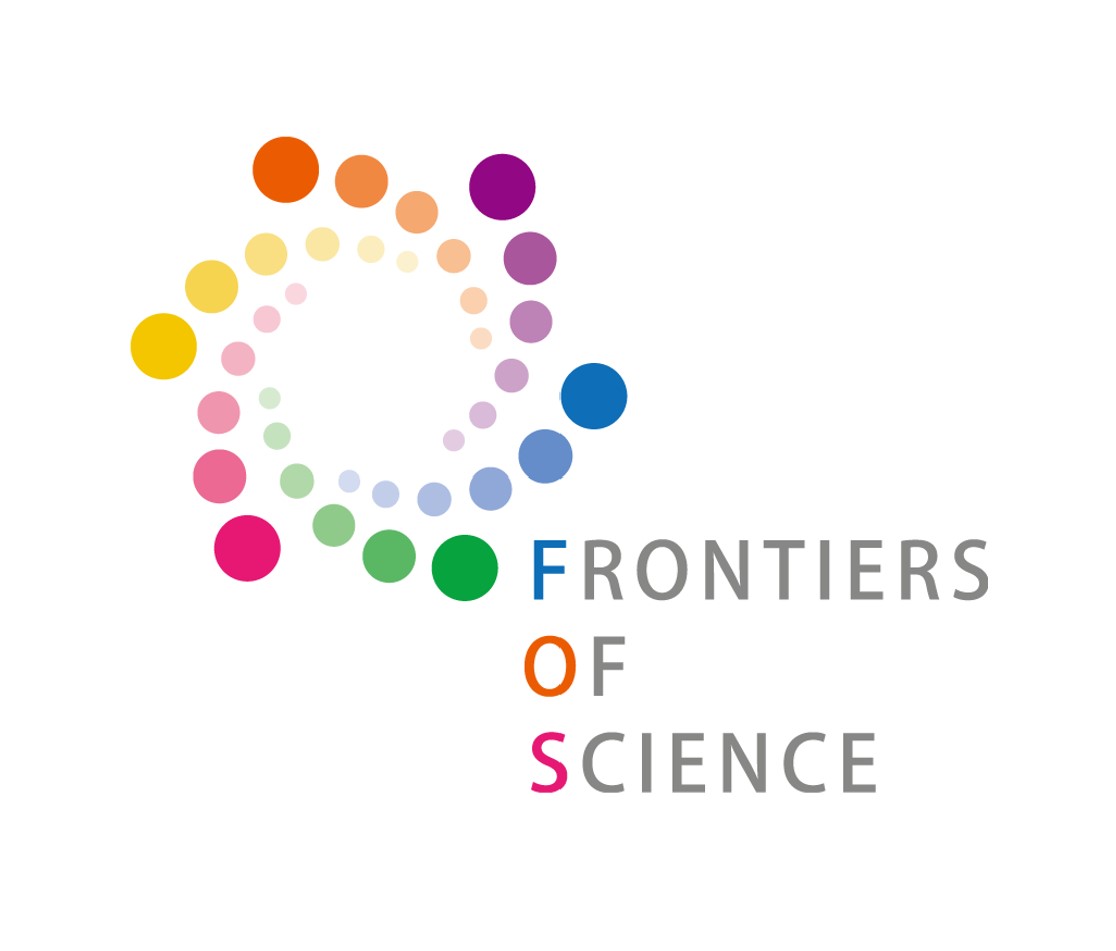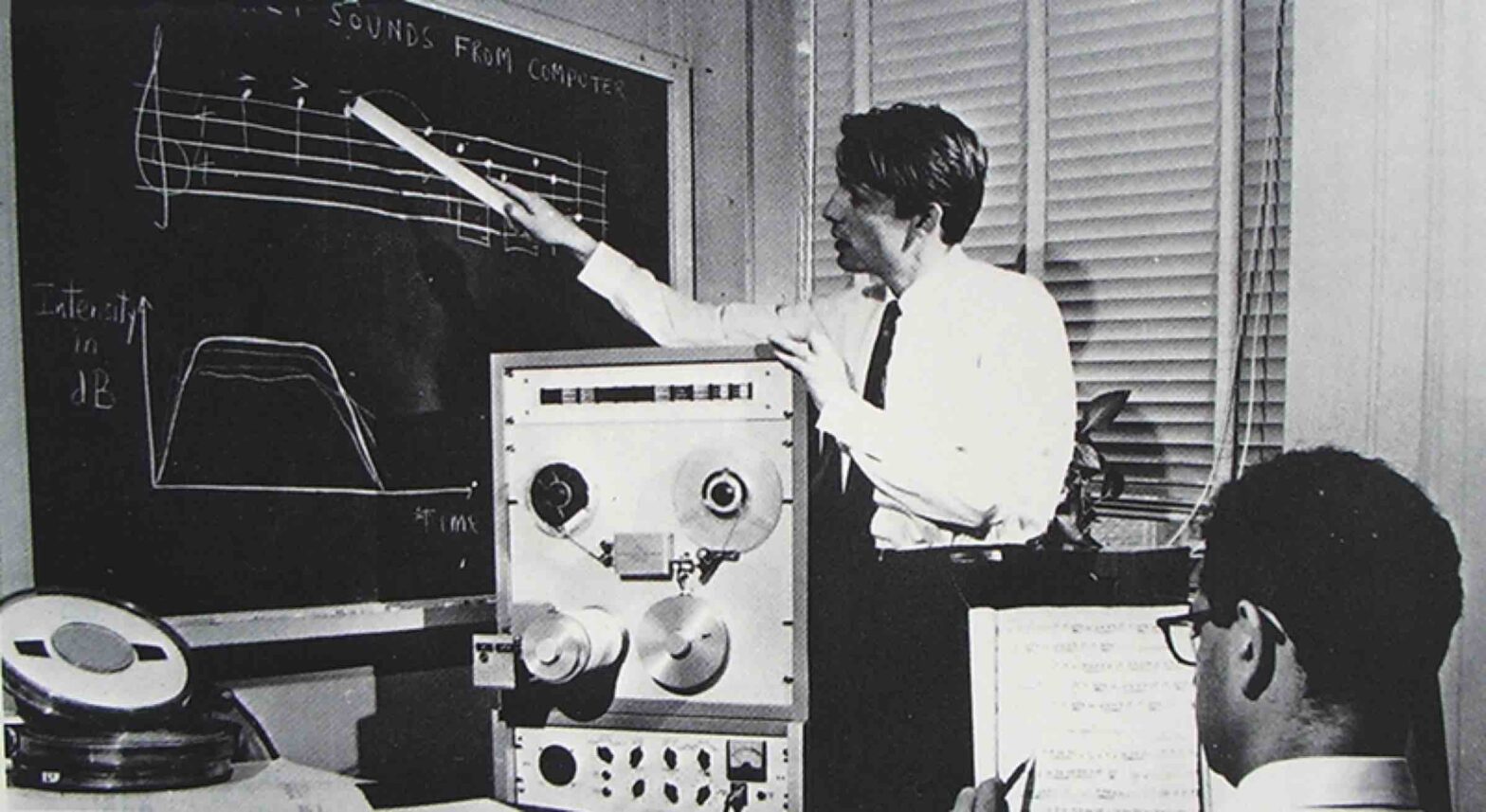In this article, we investigate the notion of model-based deep learning in the realm of music information research (MIR). Loosely speaking, we refer to the term model-based deep learning for approaches that combine traditional knowledge-based methods with data-driven techniques, especially those based on deep learning, within a diff erentiable computing framework. In music, prior knowledge for instance related to sound production, music perception or music composition theory can be incorporated into the design of neural networks and associated loss functions. We outline three specific scenarios to illustrate the application of model-based deep learning in MIR, demonstrating the implementation of such concepts and their potential.
Tag: in English
This post is available in English.
Detection of Deepfake Environmental Audio @ EUSIPCO
With the ever-rising quality of deep generative models, it is increasingly important to be able to discern whether the audio data at hand have been recorded or synthesized. Although the detection of fake speech signals has been studied extensively, this is not the case for the detection of fake environmental audio. We propose a simple and efficient pipeline for detecting fake environmental sounds based on the CLAP audio embedding. We evaluate this detector using audio data from the 2023 DCASE challenge task on Foley sound synthesis.
Our experiments show that fake sounds generated by 44 state-of-the-art synthesizers can be detected on average with 98\% accuracy. We show that using an audio embedding trained specifically on environmental audio is beneficial over a standard VGGish one as it provides a 10% increase in detection performance. The sounds misclassified by the detector were tested in an experiment on human listeners who showed modest accuracy with nonfake sounds, suggesting there may be unexploited audible features.
Correlation of Fréchet Audio Distance With Human Perception of Environmental Audio Is Embedding Dependent @ EUSIPCO
This paper explores whether considering alternative domain-specific embeddings to calculate the Fréchet Audio Distance (FAD) metric can help the FAD to correlate better with perceptual ratings of environmental sounds. We used embeddings from VGGish, PANNs, MS-CLAP, L-CLAP, and MERT, which are tailored for either music or environmental sound evaluation. The FAD scores were calculated for sounds from the DCASE 2023 Task 7 dataset. Using perceptual data from the same task, we find that PANNs-WGM-LogMel produces the best correlation between FAD scores and perceptual ratings of both audio quality and perceived fit with a Spearman correlation higher than 0.5. We also find that music-specific embeddings resulted in significantly lower results. Interestingly, VGGish, the embedding used for the original Fréchet calculation, yielded a correlation below 0.1. These results underscore the critical importance of the choice of embedding for the FAD metric design.
BioacAI doctoral network workshop in Czech Republic
From May 6th to May 10th, 2024, PhD student Yasmine Benhamadi and CNRS scientist Vincent Lostanlen have attended the first internal workshop of the BioacAI doctoral network. The Czech University of Life Sciences in Prague hosted the event in its University Forest Establishment, an ancient castle in the town of Kostelec nad Černými lesy.
Action “Musiscale” au symposium du GDR MaDICS
Le 30 mai 2024 à Blois, se tenait le sixième symposium du GDR MaDICS : masses de données, informations et connaissances en sciences. Dans le cadre de l’action “Musiscale : modélisation multi-échelles de masses de données musicales”, j’ai présenté les travaux de l’équipe sur la diffusion en ondelettes (scattering transform) ainsi que sur les réseaux de neurones multirésolution (MuReNN pour multi-resolution neural networks).
Japanese–French Frontiers of Science Symposium 「日仏先端科学シンポジウム」
Le 30 mai 2024 à Blois, se tenait le sixième symposium du GDR MaDICS : masses de données, informations et connaissances en sciences. Dans le cadre de l’action “Musiscale : modélisation multi-échelles de masses de données musicales”, j’ai présenté les travaux de l’équipe sur la diffusion en ondelettes (scattering transform) ainsi que sur les réseaux de neurones multirésolution (MuReNN pour multi-resolution neural networks).
Towards multisensory control of physical modeling synthesis @ Inter-Noise
Physical models of musical instruments offer an interesting tradeoff between computational efficiency and perceptual fidelity. Yet, they depend on a multidimensional space of user-defined parameters whose exploration by trial and error is impractical. Our article addresses this issue by combining two ideas: query by example and gestural control. On one hand, we train a deep… Continue reading Towards multisensory control of physical modeling synthesis @ Inter-Noise
Structure Versus Randomness in Computer Music and the Scientific Legacy of Jean-Claude Risset @ JIM
According to Jean-Claude Risset (1938–2016), “art and science bring about complementary kinds of knowledge”. In 1969, he presented his piece Mutations as “[attempting] to explore […] some of the possibilities offered by the computer to compose at the very level of sound—to compose sound itself, so to speak.” In this article, I propose to take the same motto as a starting point, yet while adopting a mathematical and technological outlook, more so than a musicological one.
Instabilities in Convnets for Raw Audio @ IEEE SPL
What makes waveform-based deep learning so hard? Despite numerous attempts at training convolutional neural networks (convnets) for filterbank design, they often fail to outperform hand-crafted baselines. These baselines are linear time-invariant systems: as such, they can be approximated by convnets with wide receptive fields. Yet, in practice, gradient-based optimization leads to suboptimal approximations. In our… Continue reading Instabilities in Convnets for Raw Audio @ IEEE SPL
PhD offer: Machine learning on solar-powered environmental sensors
Many biological and geophysical phenomena follow a near-periodic day-night cycle, known as circadian rhythm. When designing AI-enabled autonomous sensors for environmental modeling, this circadian rhythm poses both a challenge and an opportunity.









